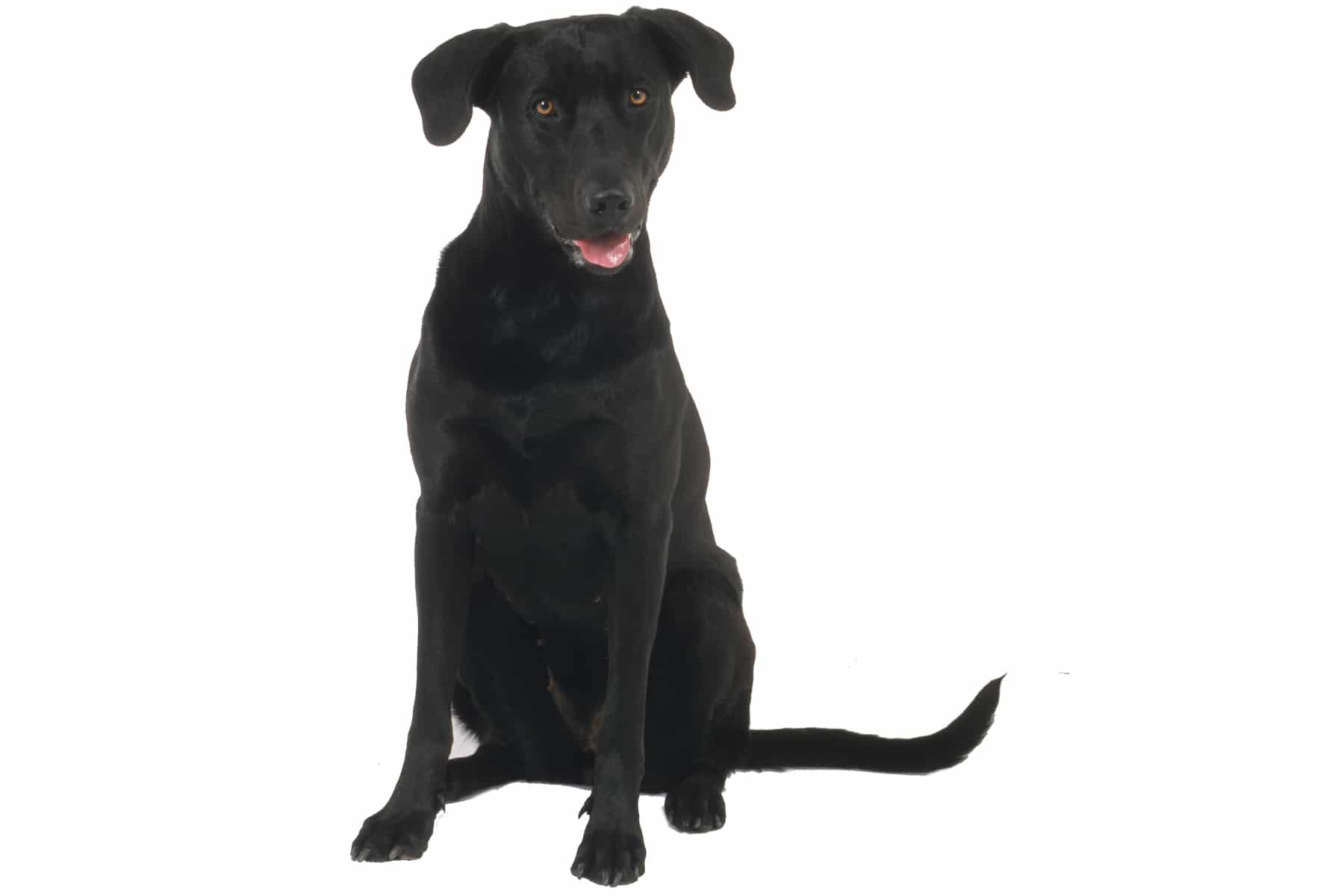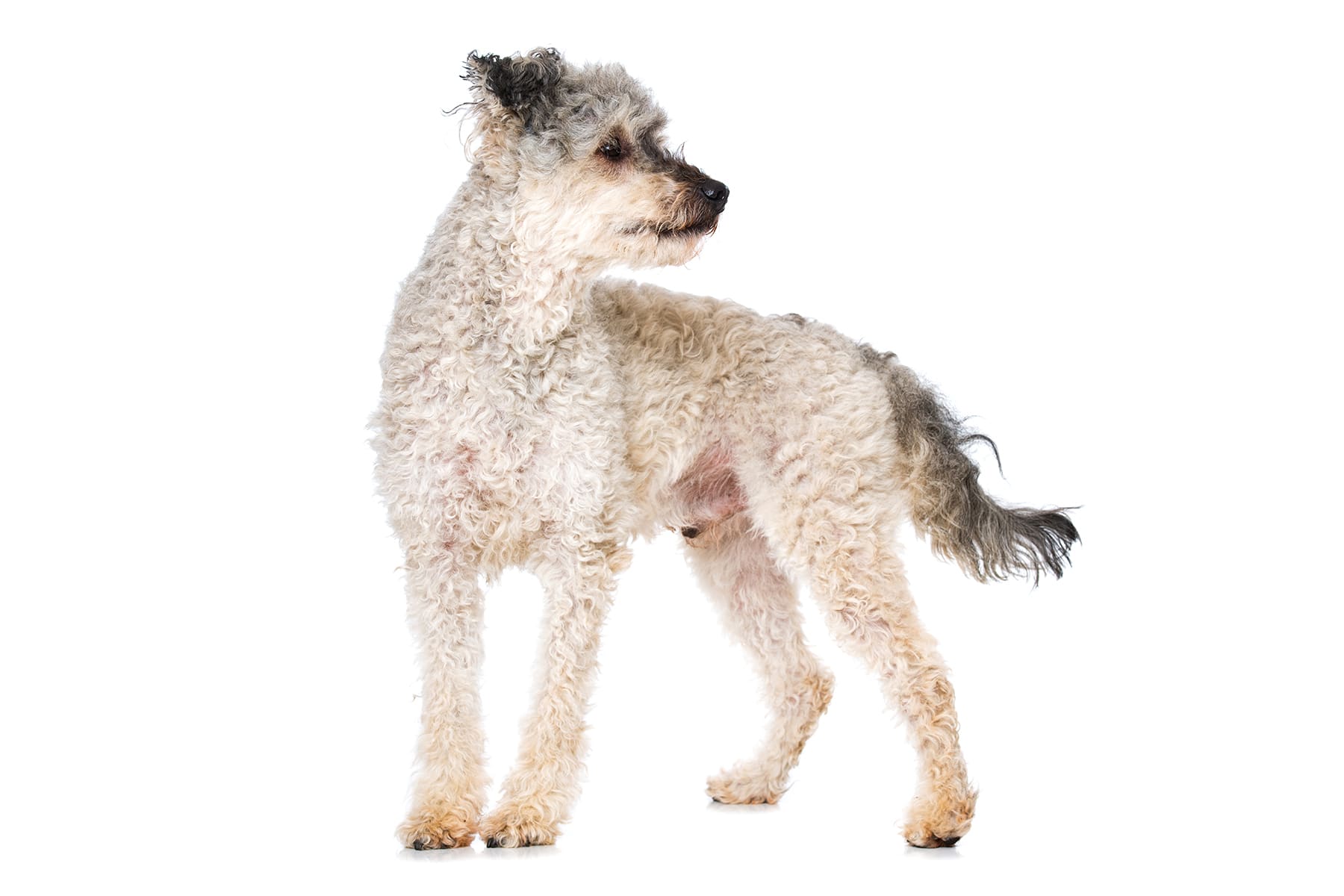Newfoundland
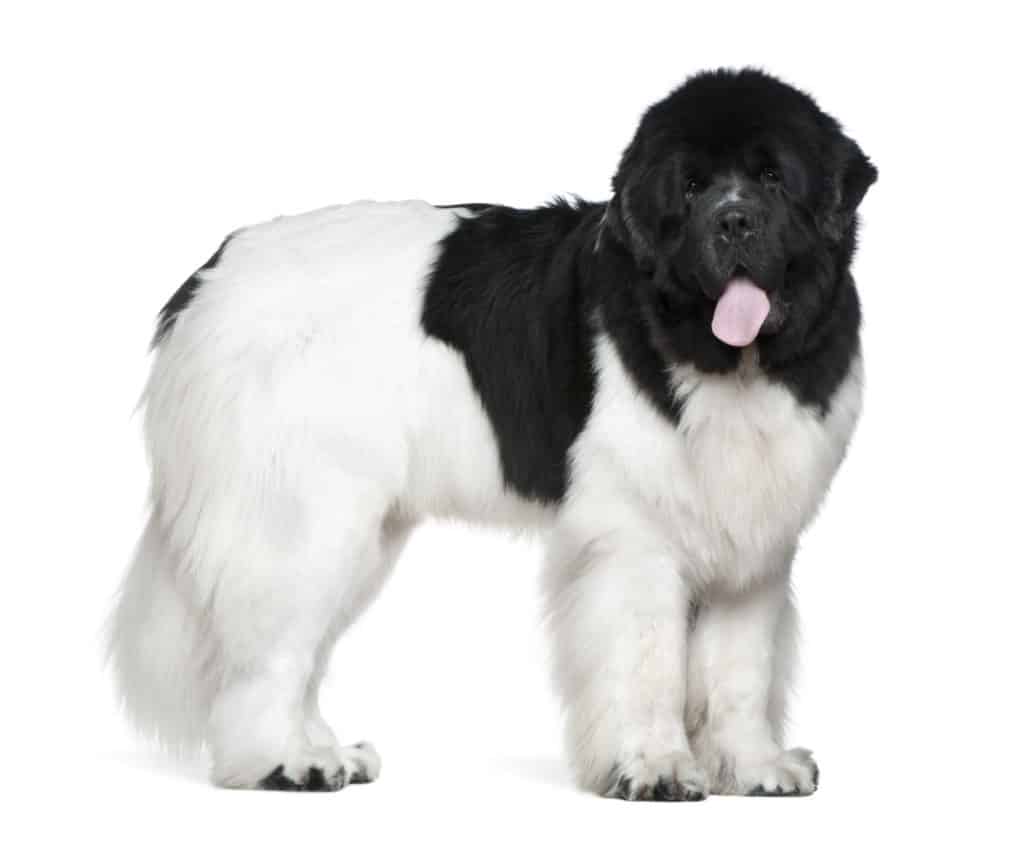
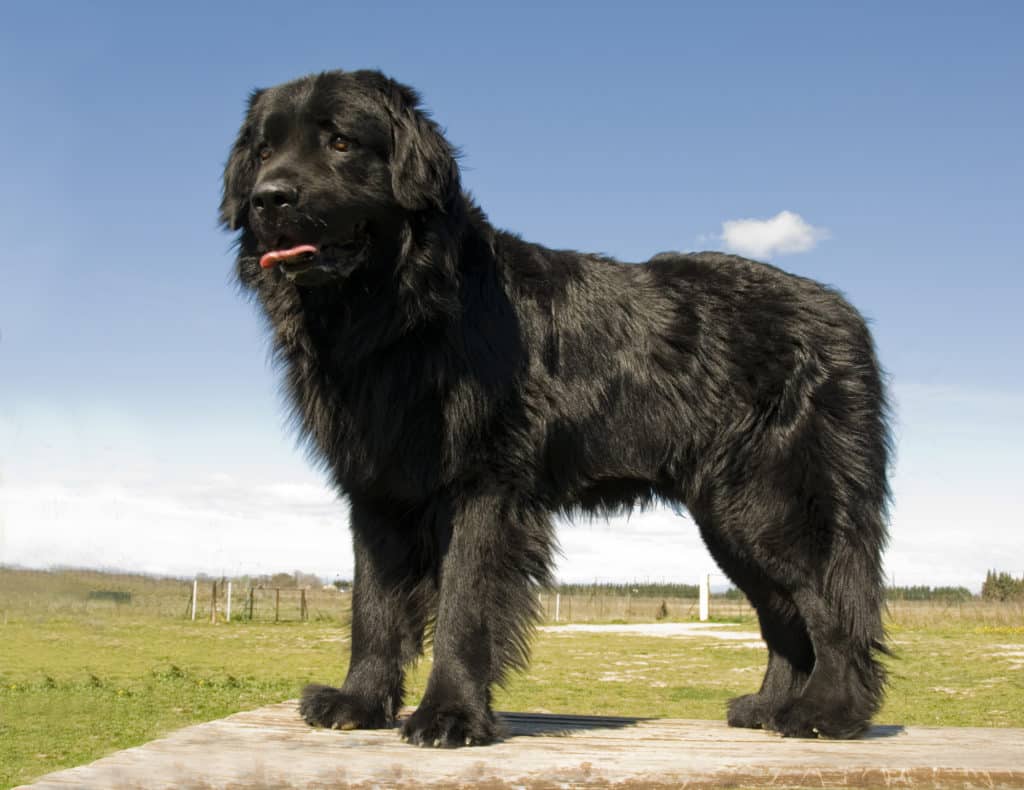
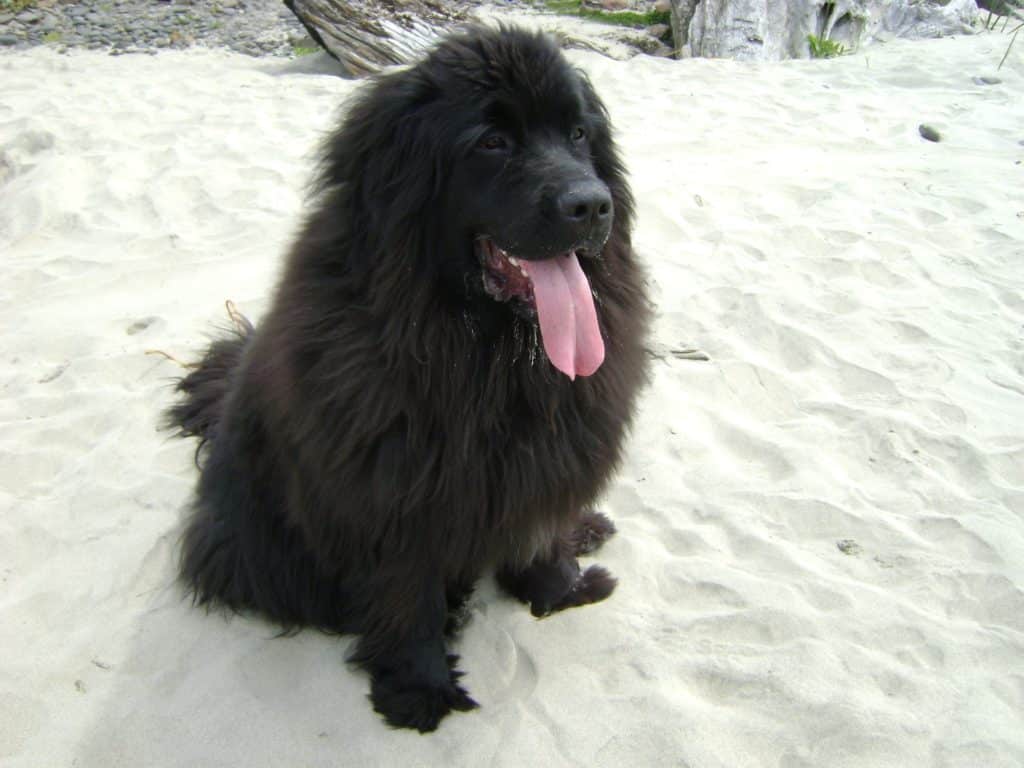
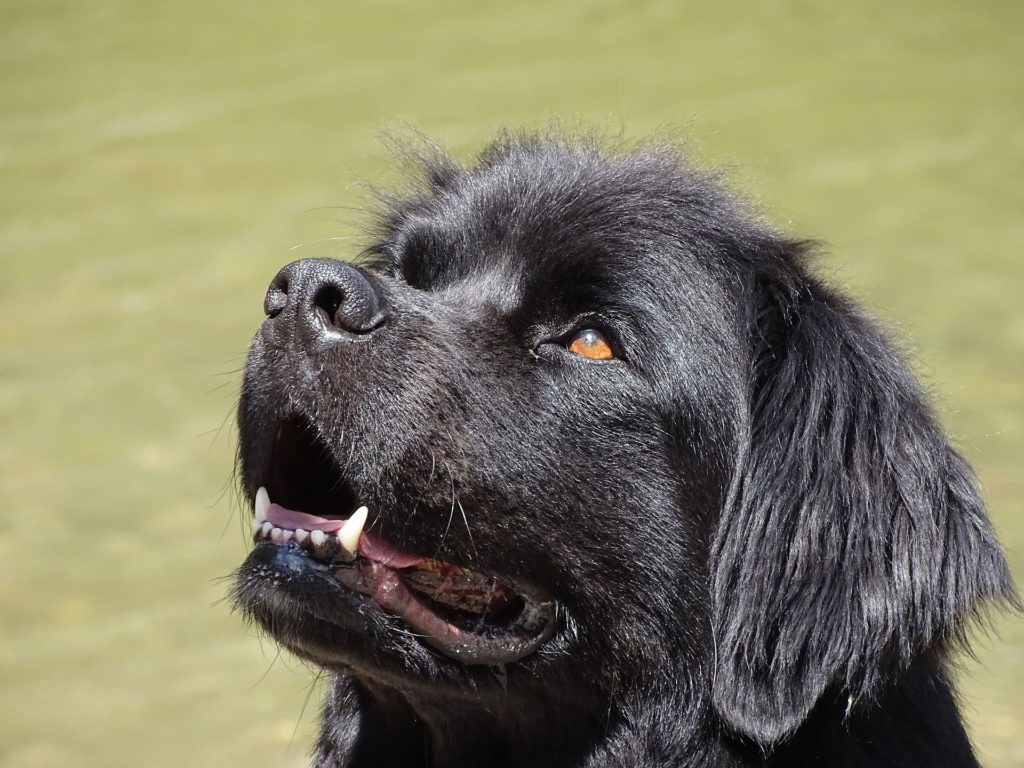
Temperament:
The Newfoundland is known for its calm disposition. It is considered an ideal family dog, is child-friendly and loves to be close to its owner. It is the ideal companion for people who spend a lot of time outdoors and like to be active. He is good-natured, affectionate, intelligent and has a great fondness for the element of water.
Characteristics
The Newfoundland is recognized by the FCI and classified in Group 2, Section 2.2, Standard No. 50. The breed originates from Canada. It was discovered on the Canadian Atlantic island of Newfoundland. The breed is known there under the English name "Newfoundland". They are available in the colors black, brown or white-black. The water-repellent coat with a dense, soft undercoat gives the breed a voluminous appearance.
The Newfoundland is considered a balanced, calm and very friendly dog. Due to their strong, muscular build, they have always been considered excellent rescue and guard dogs. They need daily outdoor exercise, integrate well into family structures and are open-minded towards strangers.
Due to its size, the breed needs a home with sufficient space and exercise. A separate property with free access to a large garden is therefore ideal. An apartment is not suitable for keeping a Newfoundland.
They also love being close to the water and are very good swimmers.
The Newfoundland is suitable as a family dog and as a companion for sporty singles or single people. Due to its balanced nature, the Newfoundland has a calming effect on people. It loves to be close to its owner and is very affectionate. It also has a strong sense of alertness and protection. Due to its swimming ability, the Newfoundland is also used as a water rescue dog.
The breed is intelligent and capable of learning. However, strict obedience is less pronounced.
Despite its size, living together with other pets is no problem. The dog quickly gets used to other animals and is very compatible. Due to its need for affection, the Newfoundland is not suitable for keeping in a kennel outside of family life. He wants to be integrated and feel the closeness of his human. Keeping them in large cities without access to nature is less suitable. The animals love country life and being close to forests, meadows, lakes and rivers.
Coat care:
Shedding:
Energy level:
Trainability:
Children suitable:
The right food
When choosing food, make sure that it contains high-quality ingredients, is balanced and meets your dog's requirements. Age, size or weight, activity and health status play an important role. You should follow the manufacturer's recommendations for the amount of food.
Treats should only be fed in moderation and deducted from the basic diet to avoid obesity.
Puppies can be fed 4-6 times a day. The number of meals should be gradually reduced to 2 per day until the dog is fully grown. A rest period should be observed after meals.
Fresh drinking water should be available at all times.
Health & Care
The coat of the Newfoundland requires special care. The breed has a lush, water-repellent coat. It also has a soft undercoat. This is why the Newfoundland requires extensive grooming. If grooming is neglected, the Newfoundland's coat develops an unpleasant odor. The coat also becomes very matted. It looks unkempt and unsightly.
Brush and comb your dog's thick coat regularly. Pay particular attention to the area around the ears, chest and elbows. The dog's coat is very long here. Ticks or plant debris such as burrs can easily get stuck here. Also think about your four-legged friend's paws and remove dirt from the hind legs.
Despite your dog's enthusiasm for water, you should not bathe him too often. If thorough cleaning is necessary, you should use moisturizing bath additives for dogs. The protective skin film typical of the breed is very sensitive in Newfoundland dogs and must not be destroyed. Vets can recommend suitable products for your Newfoundland!
Suitable accessories
As the Newfoundland seeks close contact with the family, it is advisable to provide him with a permanent sleeping place in the house. For grooming, a good selection of combs and brushes for the lush coat is an advantage. Pet stores will be happy to advise you. A large selection of towels is a welcome help after long walks in the rain.
The basic equipment also includes a sturdy collar and lead, water and food bowl, tick tweezers, claw clippers, mild dog shampoo, dog toothbrush and cream, a transport box or device for transportation in the car and a first aid kit. It's best to ask your vet what should be in the first aid kit.

Origin & History
It was probably the Vikings who anchored on the coast of Newfoundland and brought the large bear dogs to the island. Other stories say that the breed originated from a cross between European dogs and Newfoundland Micmac and Beothuk breeds. Either way! The natives of Newfoundland quickly recognized the special abilities of this dog breed.
In Canada, this breed was used early on as sled dogs. They pulled heavy loads. Fishermen also noticed the dogs' pronounced talent for moving quickly and safely in the water and pulling heavy loads. They were also used as workhorses on ships.
Europeans discovered the breed in the 18th century. During a stay on the English colonial island of Newfoundland, the English captain Cartwright was impressed by the massive, good-natured animals and named them "Newfoundland Dogs".
In 1860, the first Newfoundland dog show took place in Birmingham, England. It took another 26 years before the breed was recognized in Europe and the first breed club was founded. By this time, word of the dogs' talent must have spread throughout Europe.
Newfoundland dogs were trained as water rescue dogs in Parisian bathing establishments. They were trained to rescue people floating lifeless in the water. The large dogs learned quickly and were always alert. Today, the dogs are still members of the French coastguard and save lives.
When you think of this well-known dog breed today, you often think of an angel on four paws and smile. A real cuddly bear that is highly valued and loved today for its protective and rescue instincts. He loves life in a domestic environment and is open to outings. An absolute highlight for Newfoundlanders are vacation days at the cool North Sea or Baltic Sea - they don't like hot summer days so much!

